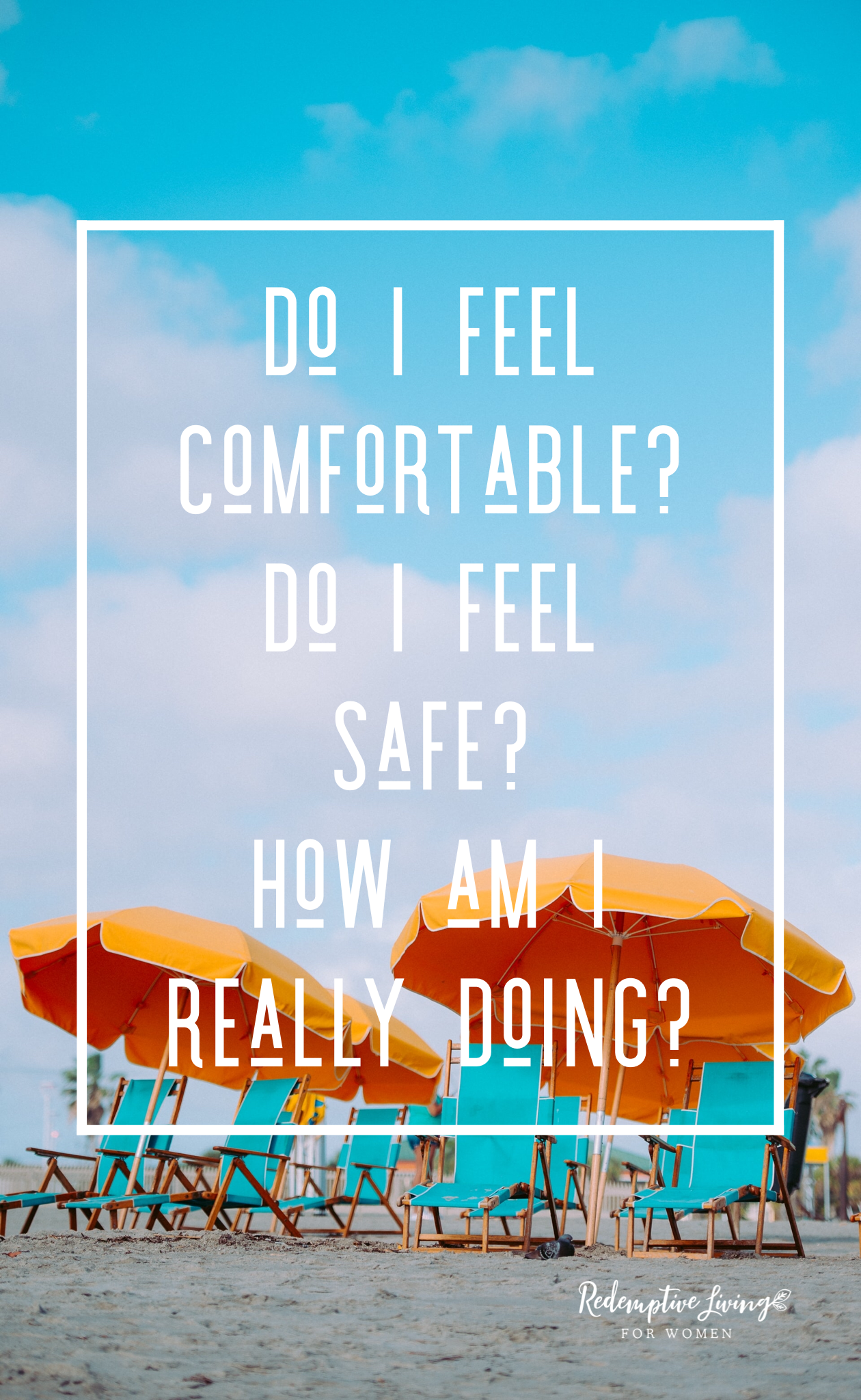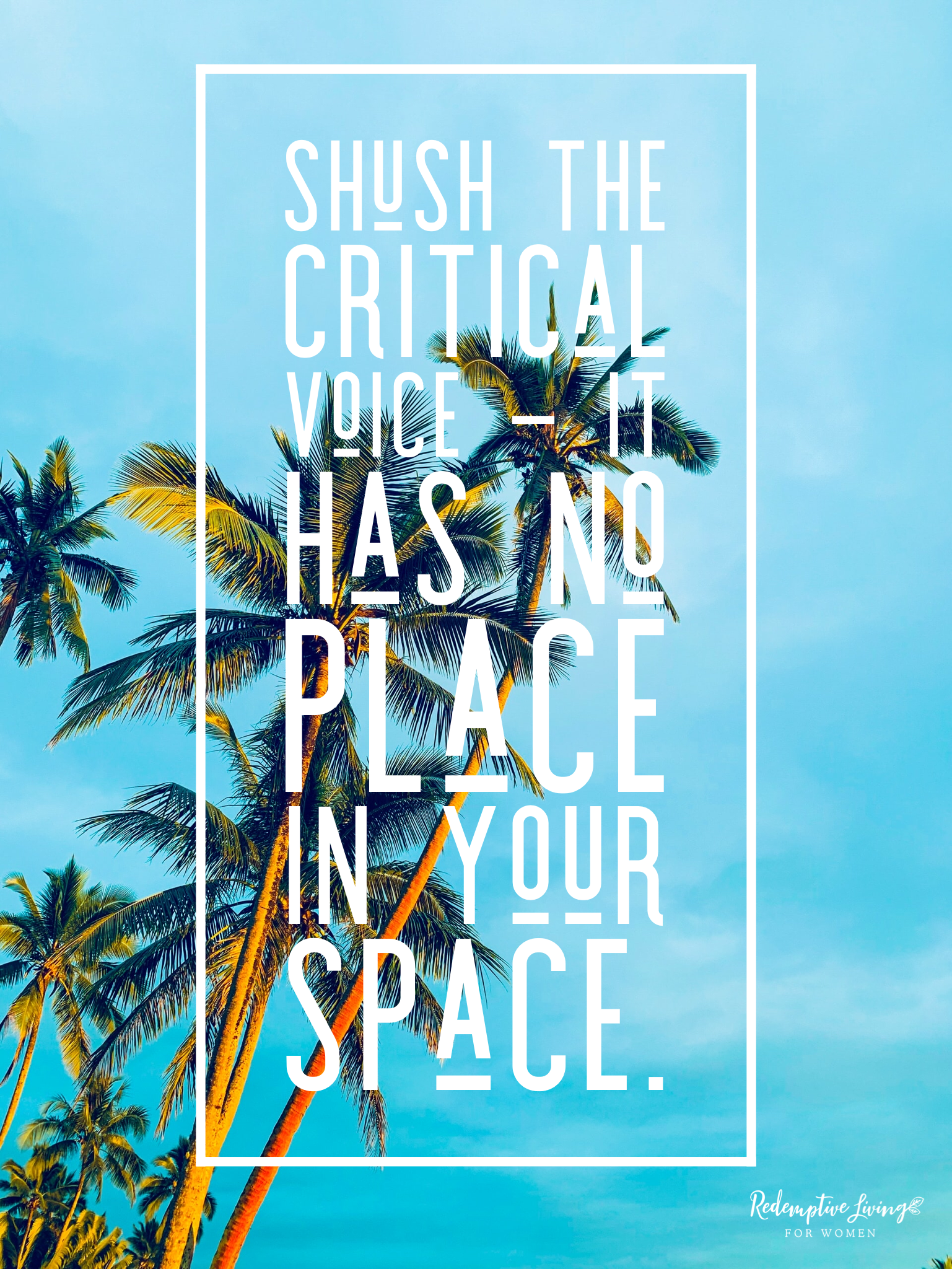Let’s Talk Trauma- Part 5
Not having air-conditioning here in Denver became a badge of honor of sorts. I was proud of the fact that we could make it through the summer without it. It made me feel cool (except I was far from it) and because I value simplicity, it helped me feel like I was honoring that way of living.
I don’t even think I realized how uncomfortable I was in my own home. By evening, I could feel sweat rolling down my back; then at night, I would lie in bed with no covers over me, waiting for the heat to pass. It just became the norm, the expected. Could there be a better way? I refused, stubbornly, to see air-conditioning as an option.
My air-conditioning drama is going to serve as a very loose segue into our final article (at least for now) on the trauma series. I want us to explore: how can we help our brains heal from trauma?
How Are We {Really} Doing?
Like the air-conditioning situation for me, it might be for you that you don’t even realize how uncomfortable you are. Or that there is another way.
So start with asking yourself - How am I {really} doing?
For instance, triggers - how frequently are you getting triggered? How long is it taking to recover from them? Are you able to reflect back on them and see a growth point / something within the trigger that helped you move forward in your healing?
How about the symptoms listed in Part Two of the Series - how many of those are you currently dealing with? How frequently do you experience these symptoms?
Or, making this super simple (because as you now know - I value simplicity!) - what number would you give yourself from zero to ten - with zero being comfortable up to ten being very uncomfortable? Specifically pertaining to triggers, being able to set boundaries, trauma symptoms as well as comfort level in your own body.
Depending on your answers to these questions - we can get an idea of how we are doing. Ultimately, I want each of you to decide: do you need more assistance and tools with helping your brain heal? Or no?
It Doesn’t Have To Be This Way
If you find yourself seeing that there is more healing to be had (specifically related to the trauma your brain and body has been through), then it’s time for you to decide - are you ready to commit to doing it differently. I do believe that this is critical - making the choice to do it differently, as it won’t be something you fall into.
Sure, there will be the critical voice saying: “There is no hope for you.” “It’s always going to be this way.” “Do you really think you can change?”
Shush those voices right now. They have no place in your space.
The Three Avenues
I love the way Bessel Van Der Kolk talks about the three avenues for helping our brains / bodies heal in The Body Keeps The Score (see page 3). He mentions “top down” methods, “bottom up” methods and then also medications / technologies that directly help our brains heal.
All three are important and can be used in conjunction with each other.
#1 - Think of “top down” methods as those things we can do that start with our brains - like sharing about our pain and overwhelm in groups or via coaching / counseling. Connection and safety are key as it gives us a level of comfort as we process the painful memories.
I like to include writing it out as an important part of the “top down” approach. James Pennebaker is a researcher that has done a lot of fascinating work in this area and it’s an approach that I focus on quite frequently with my coaching clients.
#2 - The “bottom up” approach is starting with our bodies - and allowing our bodies to experience what it is like to be anchored in - which is very different than how we feel when traumatized. Examples include: yoga, walking in nature, deep breathing exercises and EMDR.
Yoga has proven to reduce cortisol levels (the hormone released when we are in a stressed state). There is also a link between yoga and a reduction in anxiety and depression. But what might be most significant with yoga is that practicing it forces us to be in the moment and connected to our bodies - which is the opposite of what trauma does within us.
#3 - Medications and technologies (like biofeedback) that directly help our brains heal is the third avenue of support. I personally have benefited from an anti-depressant medication and I get that it can be a very difficult decision to make. It won’t be a magic pill but in combination with the other approaches, it can be a game changer.
I’d like to add that there are more than just meds and technologies that fit into this category. For instance, cardiovascular exercise, rocking therapy, physical touch and laughing to name a few will directly impact the chemicals in our brains.
____________
It’s been three weeks since the air conditioning was installed in our home and am I ever thankful that we have it. It’s been incredibly hot here in Denver over the last couple of weeks but it hasn’t even phased me like it would have before. I am happy and giddy about it being summer versus what I didn’t really realize until being on the other side: a low-level of dread and heaviness anticipating the heat of each day.
Know that there is hope for you as you continue to take steps in your healing journey. It won’t be this way forever, I can pinky-swear-promise on that one. But there is a caveat to that - the work has to be done. And if what you are currently doing isn’t fully working - tweak it.
I’ll be sharing a bit more about this in the next issue of the {almost} monthly letter - if you aren’t a subscriber, you can do that here.
Until then, wishing you all a happy (and cool!) summer and would LOVE to hear from you. Comment below with which of the three approaches has been helpful to you and in what way. I love this community and I hear from women all the time that so appreciate what others have to say so please don’t be shy - your voice matters!
xo - Shelley


